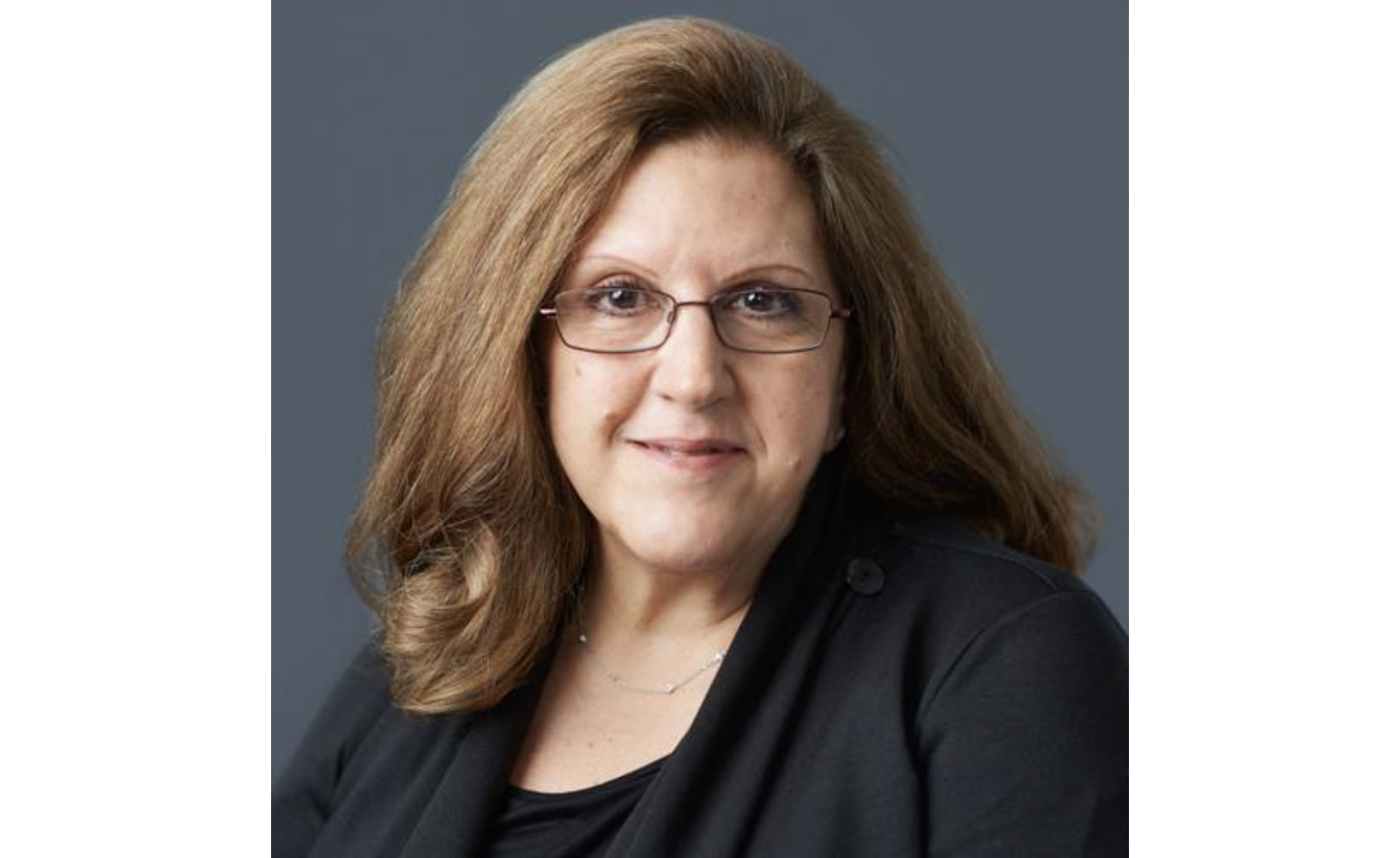Diane Mermigas on Covid-Era Teaching & Learning: What’s Changed, What Hasn’t, & Where Do We Go From Here?

At the conclusion of the Fall 2021 semester, we sat down with Diane Mermigas (Affiliated Faculty, Journalism Department) to discuss her transition back to teaching in-person, as well as just how transformative the pandemic has been for her courses and higher education on the whole.
Q: What courses are you teaching this Spring and in what modalities?
Business Reporting JR473 and Women in Journalism JR306. They’re in-person classes—the first time on campus in almost two years.
Q: What are you most looking forward to when it comes to going back to teaching in-person on campus?
It’s always wonderful to be with the students; there’s no substitute for it. Beyond having that one-on-one with students again, what I really am looking forward to is translating the best of what I’ve learned teaching online in asynchronous and synchronous classes to the in-person teaching experience, which really is not that easy—the environment’s so different, the communication is so different. But I intend to listen to what the students have to say about their learning experience and what they have learned works for them in the classroom versus online, because oftentimes they bring great insights into how to improve the classroom experience. The other thing I’m looking forward to is just making use of online platforms that will extend their learning experience so that the classroom is just a starting place.
Q: How have your courses and your approach to designing them changed from pre-pandemic times to now?
Oh, a lot. Tremendously. The first thing I’ve learned to do is to reduce workload online. Making the assignments more reasonable in terms of the students’ accountability—having a workflow that they can manage in context with the rest of the work that they’re doing in other courses and in their lives, their jobs, and everything else, I think is really important. The second thing I did was learn how to use Canvas components correctly. What’s been very useful is having the ITG workshops available as I was learning, because those weren’t available when I first started in Canvas. It made it much easier for those of us who were really interested to hang in there and learn week-to-week. There are so many [online tools] that I would like to use that I still have not learned to integrate.
But I think all of that has been just completely different [from pre-pandemic teaching]. And I think being forced into online teaching in March of 2020 really put the pedal to the metal in terms of “we’ve got to not just find a way to survive, but to thrive” to really make this work, not just from an academic standpoint but from the students’ standpoint, so that they can get into a comfortable place with it.
Q: What principles, practices or tools from the Covid era of teaching do you think are here to stay?
This whole notion that remote online learning was simply a stopgap measure in an emergency during the pandemic and nothing more, I think, is a misnomer. I think it’s the wrong way to look at it because I do believe that remote learning is here to stay. And I think that higher education in particular needs to re-evaluate the way that it’s valuing online learning experiences. Of course, part of the educational experience is social: it’s dorm life, it’s off-campus life, it’s all this, right? And then it’s also, of course, the classroom experience. But I can tell you that having taught asynchronously in Business Reporting last summer, there were, I think, a couple of juniors in the class who were very busy stepping into the real world, into real jobs, getting ready to graduate, and focused on the kind of journalism that they wanted to practice. They were ready to focus on the very heavy lifting that business journalism requires of them. And they were happy to learn, then turn around and apply [what they’ve learned] in the real world. Being able to do that and manage their own learning because it was asynchronous was a very satisfying experience for them as students.
This is more of an ideology, but I think one of the things I learned coming out of the pandemic that I most definitely will apply to all of my classes is this idea of turning more of the class experience to the students. Of course, I’m going to teach them what they need to know and guide them to that material. But, I am turning to them to take command of their own learning and to be full participants in that through interactive means or otherwise. And again, online learning taught me the value of that, so I intend to make that a big part of it.
Q: I know that you’ve been using Word.Emerson blogs in your courses since before the pandemic and continue to use them in the present day; can you tell me a bit about that and the impact it has on your students’ learning and professional development?
WordPress is where students can actually bring together the printed word and all the multimedia elements that they’re supposed to be using and integrating into their work; that is what’s expected of them out in the real world. Nothing is single-dimensional. There’s no limit to your creativity. The WordPress platform lends itself to all these things; it lends itself to the integration of video and podcasts, which I love in the Women in Journalism class especially.
I assign midterm team projects where they have to work together with a partner, which is always fun, and I highly recommend that they do a podcast together and present their podcasts and their WordPress blog as part of their work. It’s another way of using technology to express yourself, and it’s more fun to do with somebody. Additionally, the blog goes back years so you can see the posts from prior courses. It functions as a running journal for the course to see how the coursework has changed. But also, a number of my students have either gone on to apply for graduate work or to law school, and they’ll link to their work in their applications. There is a separate link to each of their posts. I think since [Word.Emerson] has its multi-use to it, that’s even a better thing for the students, and they know it’s not a one-off.
Q: Do you think you’ll ever want to go back to teaching 100% online? Why or why not?
I’m happy to teach either way. I love teaching online now that I’ve learned how to do it in an effective way. I really see the value in online learning, and I hate to see any college or university miss the opportunity to make it an extension of learning in the future because the way we’re learning, the way we’re living, is changing—it’s rapidly changing and so must our way of valuing education and presenting those educational opportunities.
Q: Any final thoughts?
I think that the technology and the creative approach to teaching has changed so rapidly in the time that I’ve been at Emerson, which has been five years, that I think that if you’ve spent all your time fighting it, repelling it, or discounting it, you’ve missed a great opportunity to at least open your mind and let your students open their minds to new possibilities. Some don’t [take the opportunity to teach online] because they’re afraid of it and others don’t maybe because they don’t know where to start. But I think something to Emerson’s credit is they give us a way in, and that’s huge. I mean, I’ve made all kinds of mistakes and I need all kinds of help. I don’t want to sound at all like an expert. I am so far from being an expert, but I really feel like I’ve advanced from where I was, and that I feel able to build [courses online] and all of that to go forward and to, most importantly, help students learn in a more exciting way. When I look back on the changes that have taken place, it’s been pretty astounding. And I would just say to my fellow instructors, whether they’re part-time or full-time: don’t be afraid and don’t give up and just hang in there because all of the faculty that I have been in the workshops with—whether they’ve been ITG workshops or TTT [Training Transformational Teachers program offered via the CITL]—have benefited from the workshops. We all feel so much better after them.
This interview has been edited for length and clarity.


